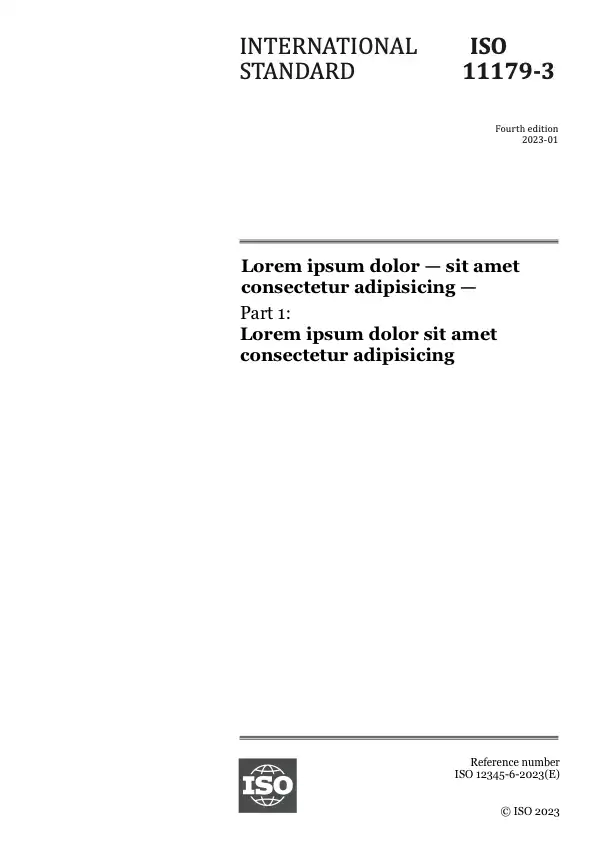Abstract
ISO 10846-4:2003 specifies two methods for determining the dynamic transfer stiffness for translations of resilient elements other than resilient supports. Examples are resilient bellows, shaft couplings, power supply cables, hoses and pipe hangers. Elements filled with liquids, such as oil or water, are excluded.
The methods are applicable to resilient elements with flat flanges or flat clamp interfaces. It is not necessary that the flanges be parallel.
The direct method can be applied in the frequency range from 1 Hz up to a frequency that is usually determined by the frame resonance of the test arrangement (typically 300 Hz for test rigs with dimensions of the order of 1 m).
The indirect method covers a frequency range that is determined by the test set-up and the isolator under test. The range is typically from a lower frequency between 20 Hz and 50 Hz to an upper frequency between 2 kHz and 5 kHz.
The data obtained according to the methods specified in ISO 10846-4:2003 can be used for product information provided by manufacturers and suppliers, information during product development, quality control, and calculation of the transfer of vibration through resilient elements.
Read sample
General information
-
Status: PublishedPublication date: 2003-09Stage: International Standard confirmed [90.93]
-
Edition: 1Number of pages: 33
-
Technical Committee :ISO/TC 43/SC 1ICS :17.140.01
- RSS updates
Life cycle
Got a question?
Check out our FAQs
Opening hours:
Monday to Friday - 09:00-12:00, 14:00-17:00 (UTC+1)

